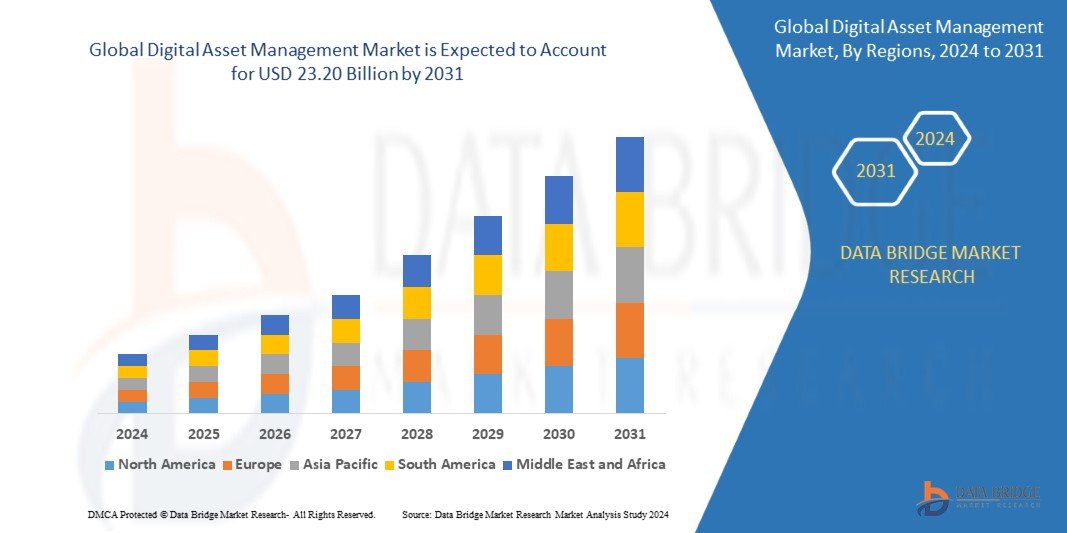In today’s fast-paced digital landscape, businesses and organizations generate an unprecedented volume of digital content. Managing, organizing, and distributing these assets efficiently is crucial to maintaining brand consistency, optimizing workflows, and improving collaboration. This is where Digital Asset Management (DAM) comes into play.
This comprehensive guide delves into the concept of DAM, its key features, benefits, applications across industries, challenges, and future trends, highlighting its indispensable role in modern businesses.
What Is Digital Asset Management?
Digital Asset Management (DAM) refers to a centralized system or software solution designed to store, organize, retrieve, and distribute digital assets such as images, videos, documents, audio files, and other multimedia content.
A DAM system ensures that digital content is easily accessible, secure, and utilized effectively by authorized users. By acting as a single source of truth for digital assets, it eliminates the inefficiencies associated with traditional storage methods.
Why Is DAM Important?
In an era where digital content drives marketing, branding, and communication strategies, managing these assets effectively has become a priority. Businesses without a proper DAM solution often face:
- Wasted Time: Searching for misplaced files can delay projects.
- Inconsistent Branding: Outdated or unauthorized assets may compromise brand integrity.
- Inefficient Collaboration: Sharing large files or accessing assets across departments can be cumbersome.
A robust DAM system addresses these challenges by centralizing content and streamlining workflows.
Key Features of a DAM System
1. Centralized Storage
- Consolidates all digital assets in one secure location.
2. Metadata Management
- Enables tagging, categorizing, and indexing assets for easy searchability.
3. Version Control
- Tracks revisions to ensure the use of the most recent and accurate files.
4. Access Control and Permissions
- Ensures that only authorized users can access, edit, or distribute specific assets.
5. Integration Capabilities
- Seamlessly integrates with other tools such as content management systems (CMS), customer relationship management (CRM), and creative software.
6. Collaboration Tools
- Supports team collaboration with features like file sharing, commenting, and project management.
7. Analytics and Reporting
- Provides insights into asset usage, performance, and ROI.
8. Cloud-Based Accessibility
- Ensures assets can be accessed from anywhere, facilitating remote work.
Types of Digital Assets Managed by DAM
- Images: Logos, product photos, infographics.
- Videos: Advertisements, tutorials, webinars.
- Documents: PDFs, presentations, whitepapers.
- Audio Files: Podcasts, voiceovers, soundtracks.
- 3D Models: Designs for products or virtual environments.
- Marketing Collateral: Campaign visuals, banners, brochures.
Benefits of Digital Asset Management
1. Enhanced Productivity
- Reduces time spent searching for files by making assets easy to find and retrieve for bounce discount code.
2. Brand Consistency
- Ensures only approved and up-to-date assets are used across marketing channels.
3. Cost Savings
- Avoids duplication of efforts and unnecessary recreation of lost or inaccessible assets.
4. Improved Collaboration
- Streamlines communication among teams, departments, and external partners.
5. Scalability
- Accommodates growing volumes of digital content as businesses expand.
6. Regulatory Compliance
- Ensures proper usage of licensed assets and adherence to copyright laws.
7. Analytics-Driven Decisions
- Helps track the effectiveness of assets, enabling data-driven optimization.
Applications of DAM Across Industries
1. Marketing and Advertising
- Centralizing campaign materials ensures faster time-to-market and cohesive branding.
2. Media and Entertainment
- Organizes large volumes of media files for efficient production and distribution.
3. Retail and E-Commerce
- Manages product images, videos, and descriptions for online and offline sales channels.
4. Education
- Stores and shares educational materials, lecture recordings, and e-learning resources.
5. Healthcare
- Manages patient education content, training videos, and marketing assets.
6. Technology
- Centralizes software documentation, product images, and promotional content.
7. Nonprofits and Government
- Maintains public-facing content like campaign visuals, reports, and outreach materials.
Challenges in Implementing DAM
1. High Initial Costs
- Investing in DAM software and customization can be expensive for smaller businesses.
2. Change Management
- Adoption can be hindered by resistance to new workflows or lack of training.
3. Integration Complexity
- Ensuring compatibility with existing tools and systems may require significant effort.
4. Data Migration
- Transitioning from legacy systems to a DAM solution can be time-consuming.
5. Scalability Issues
- Without proper planning, a DAM system may struggle to handle exponential growth in assets.
Trends in Digital Asset Management
1. AI and Machine Learning
- AI-powered features like automated tagging, facial recognition, and content suggestions enhance efficiency.
2. Personalization
- Advanced DAM systems enable targeted content delivery based on user profiles and preferences.
3. Integration with Marketing Technologies
- Greater connectivity with CRM, social media, and analytics tools for unified workflows.
4. Mobile Optimization
- Increased focus on mobile-friendly interfaces and app-based asset management.
5. Cloud-Native DAM Solutions
- Cloud-based systems are becoming the standard, offering flexibility and scalability.
Choosing the Right DAM System
1. Identify Business Needs
- Assess the volume and type of assets, collaboration requirements, and integration needs.
2. Evaluate Features
- Look for intuitive interfaces, advanced search capabilities, and robust security measures.
3. Scalability
- Choose a system that can grow with your organization.
4. Vendor Support
- Opt for providers with a track record of excellent customer support and regular updates.
5. Budget Considerations
- Balance the cost of implementation with long-term ROI.
Source: https://www.databridgemarketresearch.com/reports/global-digital-asset-management-market
Future of DAM
As businesses increasingly rely on digital content, DAM systems will play a pivotal role in ensuring efficiency, compliance, and innovation. Emerging trends like blockchain for asset authentication, AR/VR content management, and deeper AI integration will redefine the capabilities of DAM solutions.
Conclusion
Digital Asset Management is more than just a storage solution; it’s a strategic tool that empowers businesses to unlock the full potential of their digital content. By investing in a robust DAM system, organizations can streamline workflows, enhance collaboration, and achieve their goals in an increasingly digital-first world.
